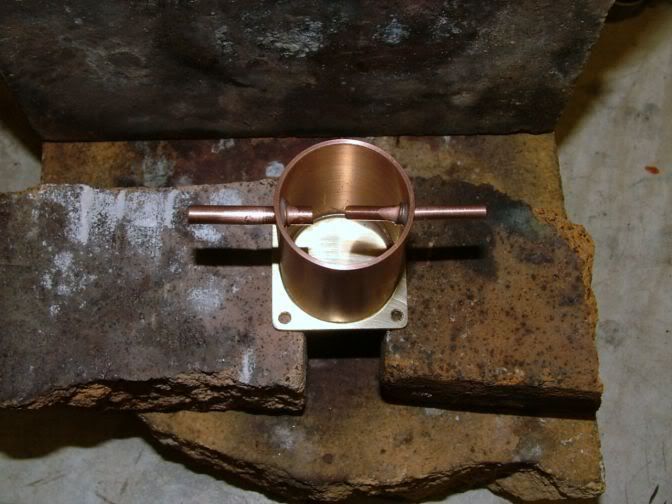Hi All,
I had to buy some more silver solder the other day and all that BOC had was the flux coated material. I bought some and tried it for the first time today. The only good thing I can say about it is that it's relatively easy to chip the flux off.
I looked at the video on youtube posted by Johnson Matthey on how to use it before I started and tried to follow the procedure.
The problem is that there is a lot of flux on the rod and it goes all over the work instead of being localised in the areas you want it to be. I normally make up a thick paste of flux in water and apply it to the areas I want the solder to be with a toothpick.
What are the views of the rest of you on this?
Regards,
Alan C.
I had to buy some more silver solder the other day and all that BOC had was the flux coated material. I bought some and tried it for the first time today. The only good thing I can say about it is that it's relatively easy to chip the flux off.
I looked at the video on youtube posted by Johnson Matthey on how to use it before I started and tried to follow the procedure.
The problem is that there is a lot of flux on the rod and it goes all over the work instead of being localised in the areas you want it to be. I normally make up a thick paste of flux in water and apply it to the areas I want the solder to be with a toothpick.
What are the views of the rest of you on this?
Regards,
Alan C.






